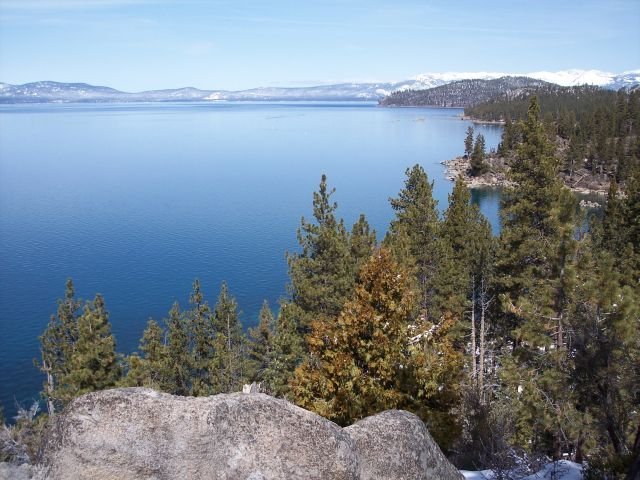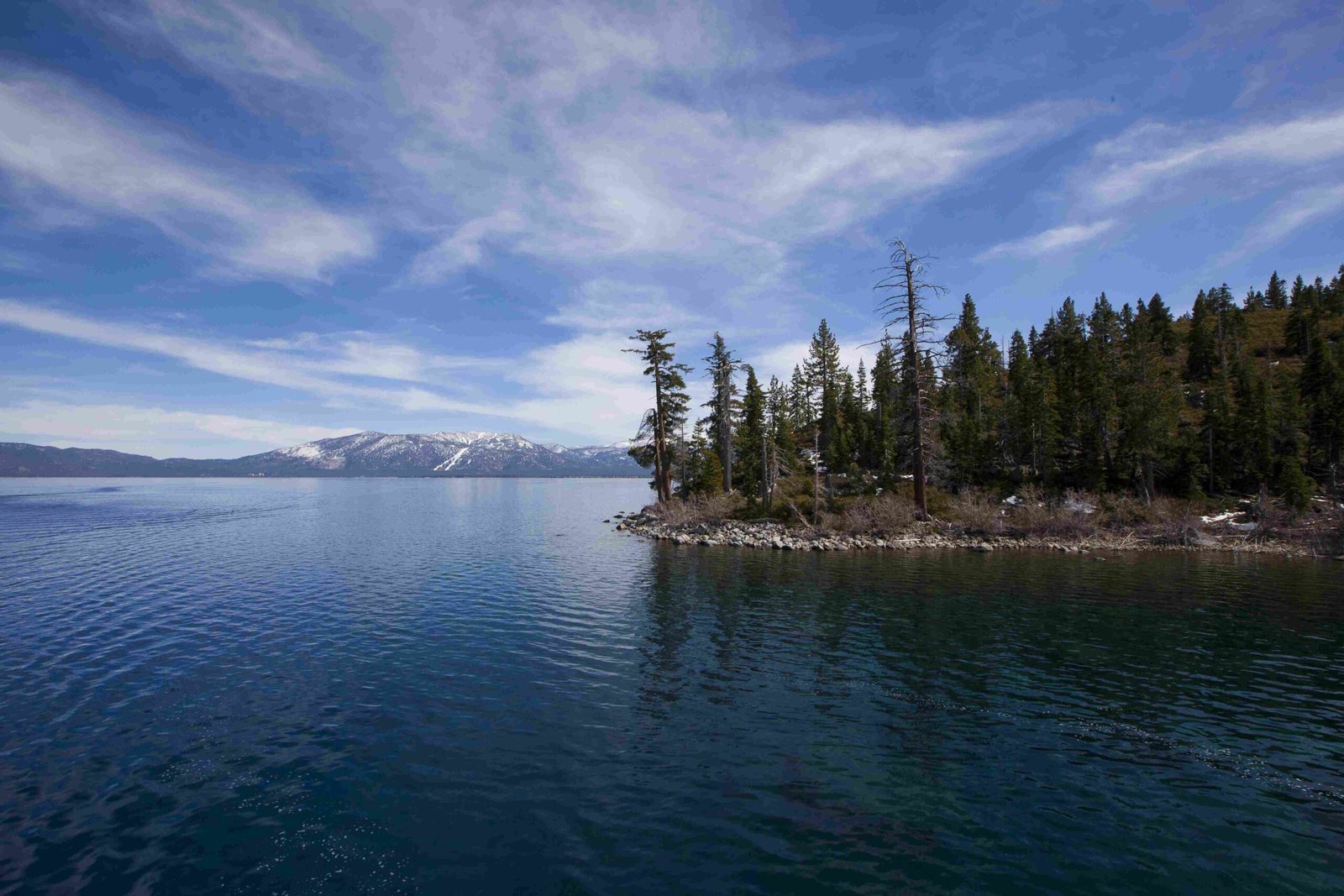Lake Tahoe’s forest ecosystem harbors remarkable botanical treasures, with ancient trees standing as silent witnesses to centuries of environmental change. While the region boasts diverse and old-growth forests, identifying the absolute oldest tree requires careful scientific investigation and understanding of the unique ecological landscape surrounding this pristine alpine environment.
What Makes a Tree Ancient in Lake Tahoe?

Ancient trees in the Lake Tahoe region are characterized by their remarkable longevity, resilience, and ability to survive in challenging alpine conditions. These trees typically belong to species like:
- Foxtail Pine
- Bristlecone Pine
- Jeffery Pine
- Lodgepole Pine
Where Can You Find the Oldest Trees?
The oldest trees near Lake Tahoe are predominantly located in:
- Desolation Wilderness
- Eldorado National Forest
- Tahoe National Forest
| Tree Species | Estimated Age Range | Typical Location |
|---|---|---|
| Bristlecone Pine | 2,000-5,000 years | High Elevation Areas |
| Foxtail Pine | 1,500-3,000 years | Alpine Regions |
| Jeffery Pine | 500-1,000 years | Mid-Elevation Forests |
How Old Are the Oldest Trees in the Region?
While the exact age of the oldest tree in Lake Tahoe is challenging to determine, scientific research suggests that some trees in the surrounding Sierra Nevada range can be over 2,000 years old. The Bristlecone Pines, though more commonly found in the White Mountains, represent some of the most ancient living organisms in California.
Ecological Significance of Ancient Trees

Ancient trees play a crucial role in understanding:
- Climate change patterns
- Forest ecosystem dynamics
- Historical environmental conditions
- Biodiversity preservation
What Challenges Do These Trees Face?
The oldest trees in Lake Tahoe confront multiple environmental challenges:
- Extreme temperature variations
- Limited water resources
- High-altitude conditions
- Potential climate change impacts
Research and Conservation Efforts
Local organizations and research institutions actively study and protect these ancient forest inhabitants:
- UC Berkeley’s Sierra Nevada Research Station
- USDA Forest Service
- California Native Plant Society
- Lake Tahoe Environmental Research Center
How Can Visitors Explore These Ancient Forests?
Visitors interested in experiencing these ancient trees can:
- Join guided forest tours
- Explore designated hiking trails
- Participate in educational programs
- Follow strict conservation guidelines
Preservation and Future Outlook
Protecting these ancient trees requires:
- Strict conservation policies
- Limited human intervention
- Continuous scientific monitoring
- Public education and awareness
Why Are These Trees Important?
Ancient trees serve as:
- Living historical records
- Critical ecosystem indicators
- Genetic repositories
- Climate change archives
Conclusion
The oldest trees in Lake Tahoe represent more than just botanical specimens; they are living chronicles of environmental history, resilience, and adaptation.
Additional Insights
- Average tree age in Lake Tahoe: 500-1,500 years
- Most common ancient tree species: Bristlecone and Foxtail Pines
- Elevation range for oldest trees: 6,000-10,000 feet

